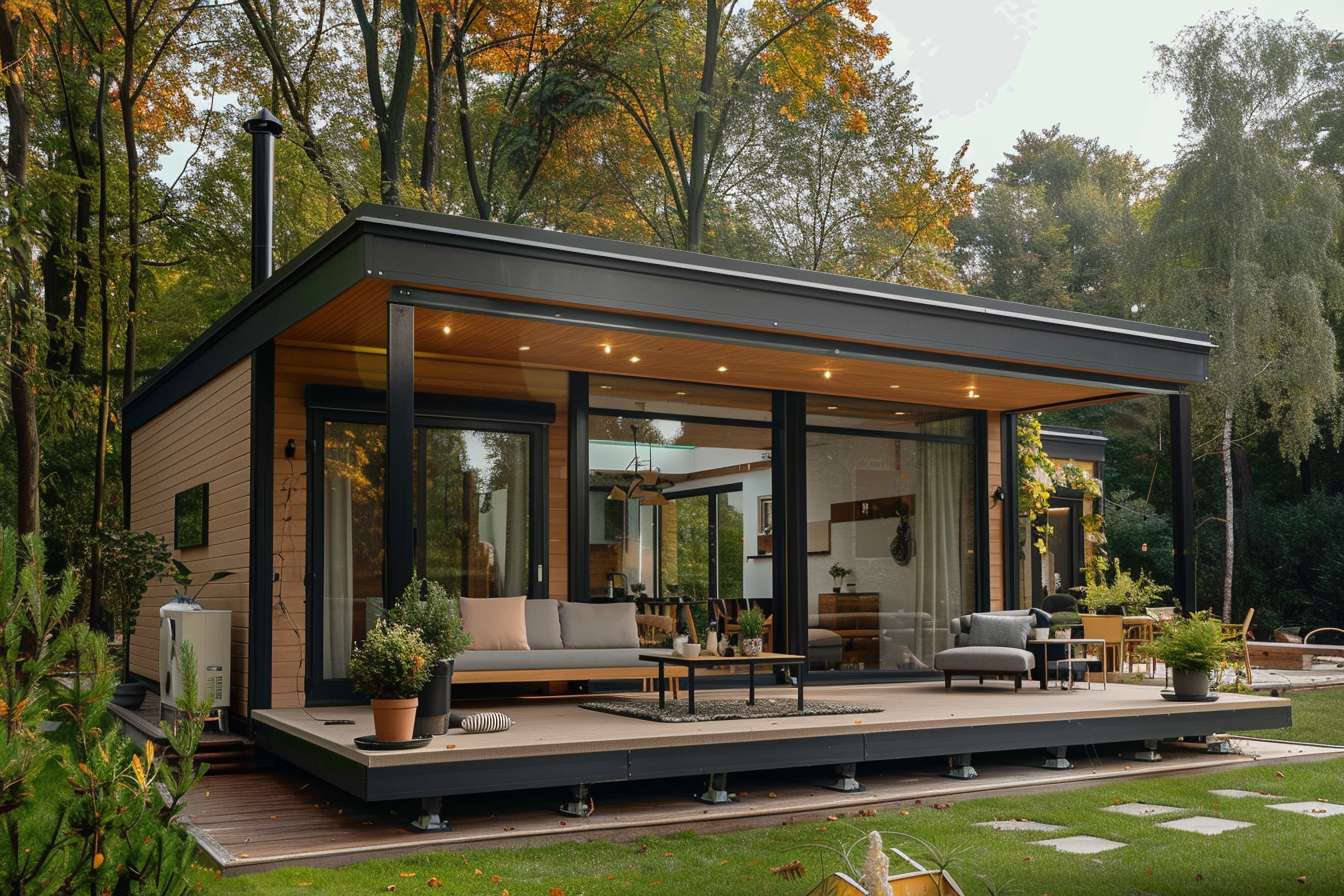Neurodesign: Shaping Spaces for Mental Wellness
The intersection of neuroscience and interior design is revolutionizing how we create living spaces. Imagine walking into a room that not only looks beautiful but also actively enhances your mood, reduces stress, and boosts cognitive function. This isn't a futuristic concept – it's the essence of neurodesign, a cutting-edge approach that's reshaping our homes and workplaces.

The Science Behind Neurodesign
At its core, neurodesign is rooted in the understanding that our surroundings have a profound impact on our mental state. The human brain is constantly processing environmental stimuli, influencing everything from our stress levels to our ability to focus. Neuroscientists have discovered that certain design elements can trigger specific neurological responses, affecting our mood, behavior, and even our physical health.
For instance, studies have shown that exposure to nature or nature-inspired designs can lower cortisol levels, reduce heart rate, and improve cognitive function. This has led to the incorporation of biophilic elements in neurodesign, such as living walls, natural materials, and organic shapes. Similarly, research into color psychology has revealed that different hues can elicit various emotional and physiological responses, informing color choices in neurodesign-inspired spaces.
Key Principles of Neurodesign
Neurodesign encompasses a range of principles aimed at creating environments that support mental wellness. One fundamental aspect is the use of multisensory design. By engaging multiple senses simultaneously, designers can create more immersive and emotionally resonant spaces. This might involve combining tactile textures, soothing sounds, and aromatic elements to create a holistic sensory experience.
Another crucial principle is the manipulation of light. Natural light has been shown to regulate our circadian rhythms, improve mood, and enhance productivity. Neurodesigners often prioritize maximizing natural light exposure and supplementing it with artificial lighting that mimics the color temperature and intensity of sunlight throughout the day.
Spatial configuration also plays a vital role in neurodesign. Open, flowing layouts can promote social interaction and reduce feelings of confinement, while strategically placed private nooks can offer necessary moments of solitude and reflection. The balance between these spaces is carefully considered to support both collective and individual well-being.
Implementing Neurodesign in Home Spaces
Bringing neurodesign principles into the home doesn’t necessarily require a complete overhaul. Small, thoughtful changes can have a significant impact on the neurological effects of a space. For example, introducing curved furniture and organic shapes can create a sense of flow and reduce stress, as the brain processes these forms more easily than sharp angles.
Color selection is another accessible way to incorporate neurodesign. Cool blues and greens can promote relaxation and are ideal for bedrooms or meditation spaces. Warmer tones like soft yellows or pale oranges can enhance creativity and are well-suited for home offices or art studios. It’s important to note that personal associations and cultural backgrounds can influence color perception, so neurodesign often involves a personalized approach.
Biophilic elements are a cornerstone of neurodesign and can be easily integrated into any home. Beyond traditional houseplants, this might include nature-inspired artwork, natural materials like wood and stone, or even water features that provide both visual interest and soothing ambient sound.
The Role of Technology in Neurodesign
As our homes become increasingly connected, technology is playing a growing role in neurodesign. Smart lighting systems can now adjust color temperature and intensity throughout the day to support natural circadian rhythms. Some advanced systems even use AI to learn occupants’ preferences and behaviors, automatically adjusting the environment to optimize comfort and well-being.
Virtual and augmented reality technologies are also finding their place in neurodesign. These tools allow designers and homeowners to experience and fine-tune spaces before they’re physically created, ensuring that the neurological impact of design choices can be assessed and optimized in advance.
Challenges and Considerations in Neurodesign
While the potential benefits of neurodesign are compelling, it’s important to approach the field with a critical eye. One challenge is the need for more long-term studies to fully understand the lasting impacts of neurodesign principles. Additionally, as with any design approach, there’s a risk of over-generalization. What works well for one person may not have the same effect on another, highlighting the importance of personalization in neurodesign.
There’s also the question of authenticity in design. As neurodesign gains popularity, there’s a danger of it being reduced to a set of formulaic rules, potentially leading to sterile or contrived environments. The most successful neurodesign integrates scientific principles with creative expression, resulting in spaces that are both neurologically supportive and aesthetically pleasing.
The Future of Neurodesign
As our understanding of the brain continues to evolve, so too will the field of neurodesign. Emerging research in areas such as chronobiology and environmental psychology promises to further refine our approach to creating brain-friendly spaces. We may see a future where homes are not just passive shelters, but active participants in maintaining our mental and physical health.
The integration of neurodesign principles into public spaces, workplaces, and healthcare facilities is likely to increase, potentially leading to broader societal benefits. As awareness grows, we may also see changes in building codes and design standards to incorporate neurodesign concepts, much as we’ve seen with sustainability and accessibility requirements.
Neurodesign represents a fascinating convergence of science and creativity, offering a new lens through which to view our living spaces. By harnessing the power of design to support our neurological well-being, we have the opportunity to create environments that not only look good but feel good on a deeper, biological level. As we continue to explore this exciting field, the homes of the future may well be tailored not just to our aesthetic preferences, but to the very workings of our minds.




